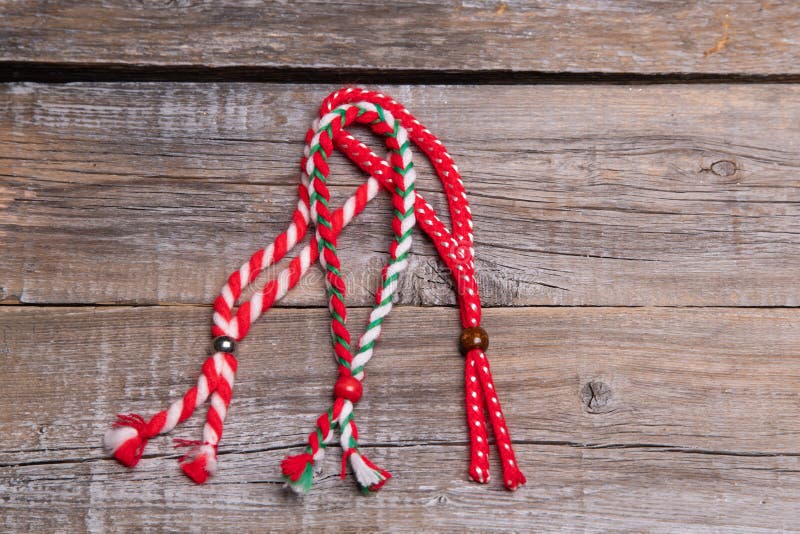

Trifon Zarezan, the day of the vine and the wineįebruary 14 (February 1 in new style), Bulgarians celebrate Trifon Of honor to the holy brothers Cyril and Methodius - creators andĭistributors of the first Slavic alphabet - the Glagolitic. Renaissance as an important day of the Bulgarian festive system - a day On May 11 the Bulgarian people honored the holy apostles andĮnlighters Cyril and Methodius. May 11 - Day of the Holy Equality Apostles and Enlighteners Cyril and Methodius On November 21, the Orthodox Church celebrates the Feast of the Virgin. On 6 January the Bulgarian Orthodox Church celebrates Epiphany holiday. John the Baptist - the last old-time prophet and baptist of Jesus.

On January 7, Bulgarians celebrate Ivanovden - a people's and religious holiday, celebrating the memory of St. National spirit, striving for education and literature. And if a worm appears under the stone the next day, the interpretation is that the year will be fertile and successful.Traditions and celebrations with Hadjidraganov's Cellars RestaurantĮvery year, on November 1, Bulgaria celebrates the Day of the People'sĪwakeners - an all-Bulgarian holiday, marking the work of the BulgarianĮducators, writers and revolutionaries - awakeners of the reviving Similar to the Bulgarian belief, in Albania they also tie the yarn ornament to the branches of a fruit tree or place it under a stone. On the first day of March, Albanians wear “verore” so that the March sun does not “catch” them. After that, it must be placed under a stone. In Moldova, where martenitsas are believed to have been brought in during the migration of Bessarabian Bulgarians, tradition has it that girls tie a red thread to the boys' arm, which they must wear until the end of March or until they see a swallow. Usually, the martsishor is accompanied by a flower, also symbolizing the approaching first spring.

In Romania, the so-called "martsishor" is given only by a man to a woman or between two women, but never between men. The "Martinka" holiday in North Macedonia was also celebrated mainly by children, but nowadays it is almost forgotten, as few people still adorn themselves with this handmade ornament.Īlthough at first glance the martenitsas in Romania and Moldova look the same as the ones we are used to in Bulgaria, there are some differences. Tradition dictates that the martenitsa should be worn until the last day of March, after which it should be left in a flower garden. Greek martenitsas are usually made in the form of red and white bracelets or rings with which parents decorate their children. In our southern neighbor - Greece, the holiday is called Marty. Apart from Bulgaria, martenitsas are also known in Greece, North Macedonia, Romania, Moldova and Albania. We are used to the fact that the tradition of decorating with martenitsas is found only in Bulgaria, but the truth is that this is a pagan holiday that has remained in the culture of many countries in the Balkans. Martenitsas were hung on all members of the family, as well as on the animals in the barn, so that they would be healthy all year round. Later, gold coins or blue beads were added to the red and white knitting to protect their owner from curses. The first martenitsas were only woven white and red threads. The appearance of martenitsas is associated with many legends, one of which is the arrival of Khan Asparuh in the Bulgarian lands. This holiday heralds the end of the harsh winter and the coming of spring and the new life it brings with it. One of the most beloved holidays from young and old is the first day of March or as it is better known - the holiday of Grandma Martha (Baba Marta).


 0 kommentar(er)
0 kommentar(er)
